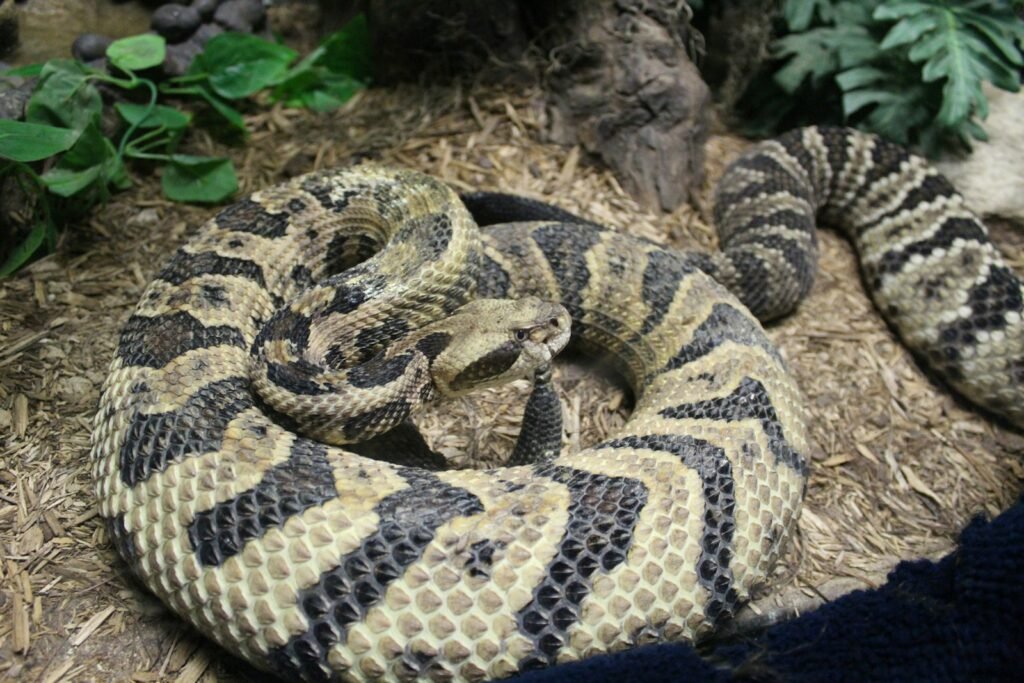It’s a scene straight out of a wild city drama: sleek otters gliding through the waterways of Singapore, not just in peaceful family groups but in organized, ambitious gangs. These playful creatures are taking their social lives to a whole new level, and their surprising behavior has scientists and city dwellers alike absolutely fascinated. Who would have guessed that an animal once thought to be shy and scarce would become the talk of the town – not just for their adorable antics but for their clever, even ruthless, social maneuvering? As Singapore’s otters form rival gangs and stage turf wars, their story is becoming a window into the heart of urban wildlife, where nature and city life collide in the most unexpected ways. Let’s dive into the captivating world of Singapore’s otter politics and discover why everyone can’t stop talking about these bold little mammals.
The Otter Comeback: From Near Extinction to Urban Celebrity
Just a few decades ago, otters were hardly ever seen in Singapore. Pollution and habitat loss had pushed them to the brink of local extinction. But environmental efforts, including cleaner waterways and stricter conservation laws, have brought these charismatic creatures back in force. Now, otters are not only surviving—they’re thriving. Their return is so spectacular that spotting a family of otters has become a uniquely Singaporean delight, drawing crowds and sparking endless social media buzz. The otters’ remarkable comeback story is proof that wildlife can rebound dramatically when given the chance, and it’s changed the relationship between city dwellers and the animals in their midst.
Meet the Smooth-Coated Otters: Singapore’s Urban Icons
The main stars of Singapore’s otter resurgence are the smooth-coated otters, easily identified by their silky fur and expressive faces. Unlike their shyer cousins elsewhere, these otters have adapted brilliantly to city life. They’re often seen lounging on riverbanks, swimming through canals, or even crossing busy streets. Their playful antics and tight family bonds have made them beloved icons, but what sets them apart is their intelligence and boldness. These otters aren’t just surviving—they’re taking over, and they’re doing it in style.
Family Ties: The Structure of Otter Clans
Otters in Singapore don’t live alone. They form tightly knit family groups, usually led by a dominant breeding pair. These families work together to hunt, play, and protect their territory. Each group can include parents, older siblings, and even aunts or uncles, creating a complex social network. Family bonds are strong, and cooperation is key to their success. Watching otter families interact reveals a world of affection, discipline, and teamwork that rivals even our own human relationships.
Territory Matters: The Battle for Singapore’s Waterways
Space is precious in Singapore, and otters know it. Each family claims its own stretch of river, canal, or pond, defending it fiercely against outsiders. Territorial boundaries are marked with scent and patrolled daily. When rival groups cross paths, tensions can rise quickly, leading to dramatic confrontations. These battles aren’t just about space—they’re about pride, resources, and the survival of the family. The competition for territory has turned Singapore’s waterways into a hidden battlefield.
Gang Wars: When Otter Clans Clash
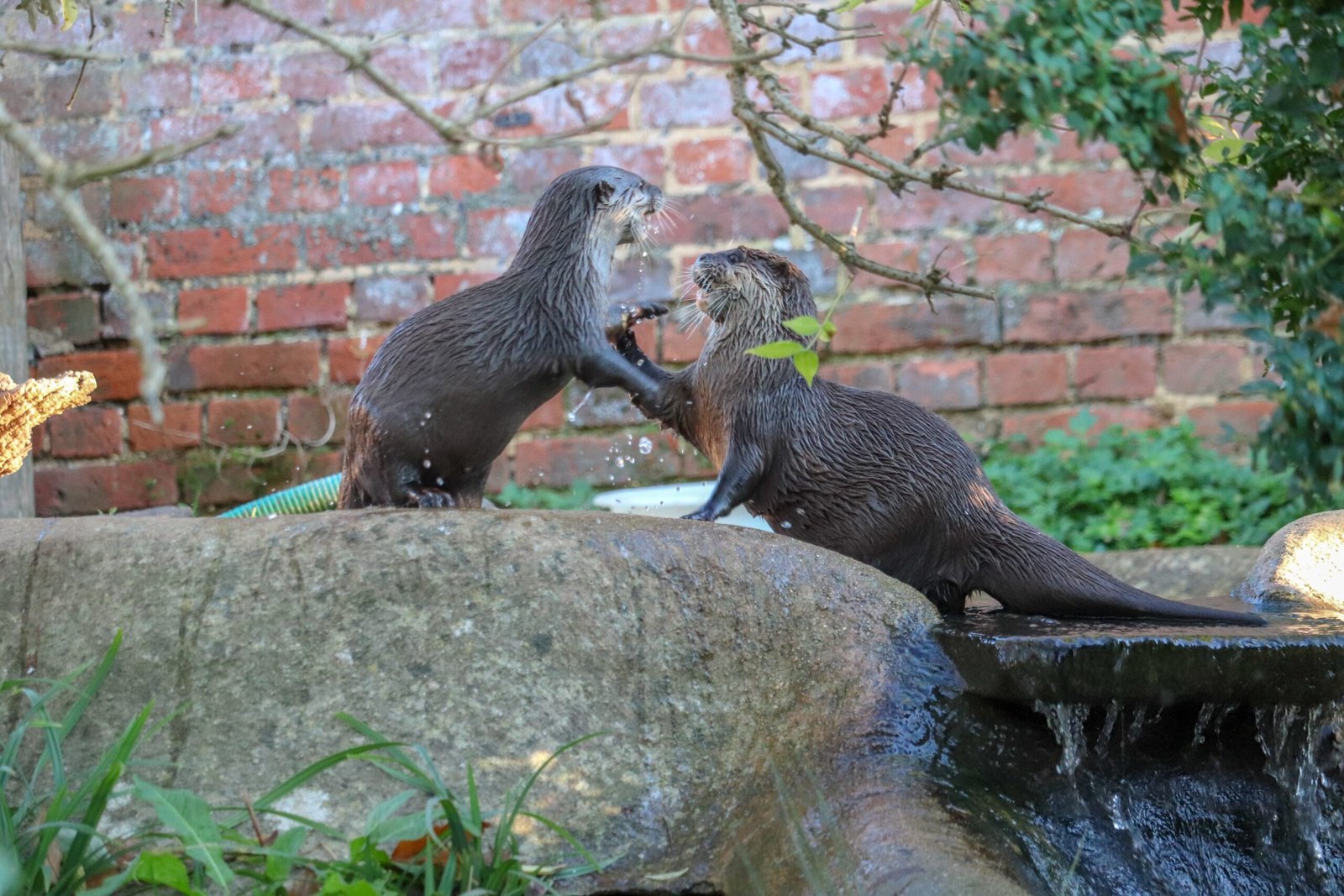
In recent years, otter families have started acting more like urban gangs than peaceful neighbors. Groups have grown in size and ambition, sometimes splitting into rival factions. These “gangs” patrol their turf, launch raids on competitors, and stage dramatic face-offs that can leave even the calmest observer stunned. Fights can be intense, with members biting, chasing, and even injuring each other. What’s truly surprising is the strategic planning involved—some otter gangs actually coordinate attacks, displaying a level of social intelligence rarely seen in the wild.
The Rise of Otter Politics: Power Plays and Alliances
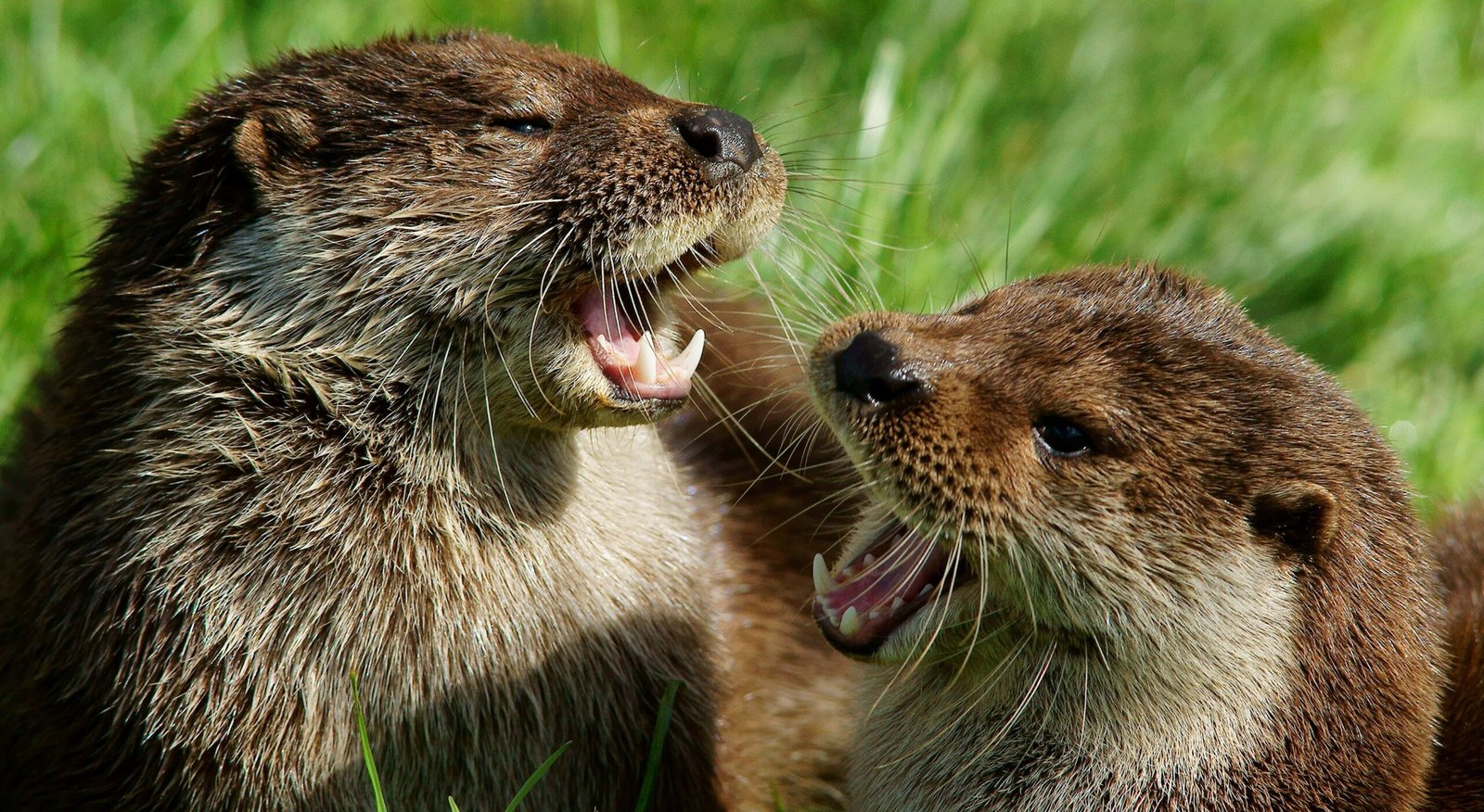
Otter society in Singapore isn’t just about brute force; it’s about strategy, alliances, and shifting loyalties. Some groups have been seen forming temporary alliances with neighboring clans to take down a common rival. Others stage coups, where younger otters challenge the authority of their elders and attempt to take over the group. These political maneuvers are as complex and dramatic as anything seen in human history. The otters’ ability to negotiate, betray, and form coalitions shows a surprising level of social sophistication.
Neighborhood Notoriety: Otter Gangs in the Public Eye
As otter gangs make headlines, they’ve become local celebrities—and sometimes troublemakers. Residents regularly spot famous otter families parading through parks, raiding fish ponds, or even disrupting traffic. Social media has exploded with videos of their exploits, and dedicated fans track their movements across the city. But with fame comes controversy: not everyone is thrilled about the otters’ boldness, especially when they get a little too close to home. The city’s growing otter population is forcing Singaporeans to rethink what it means to share space with wild animals.
Ecological Impacts: Otters as Urban Ecosystem Engineers
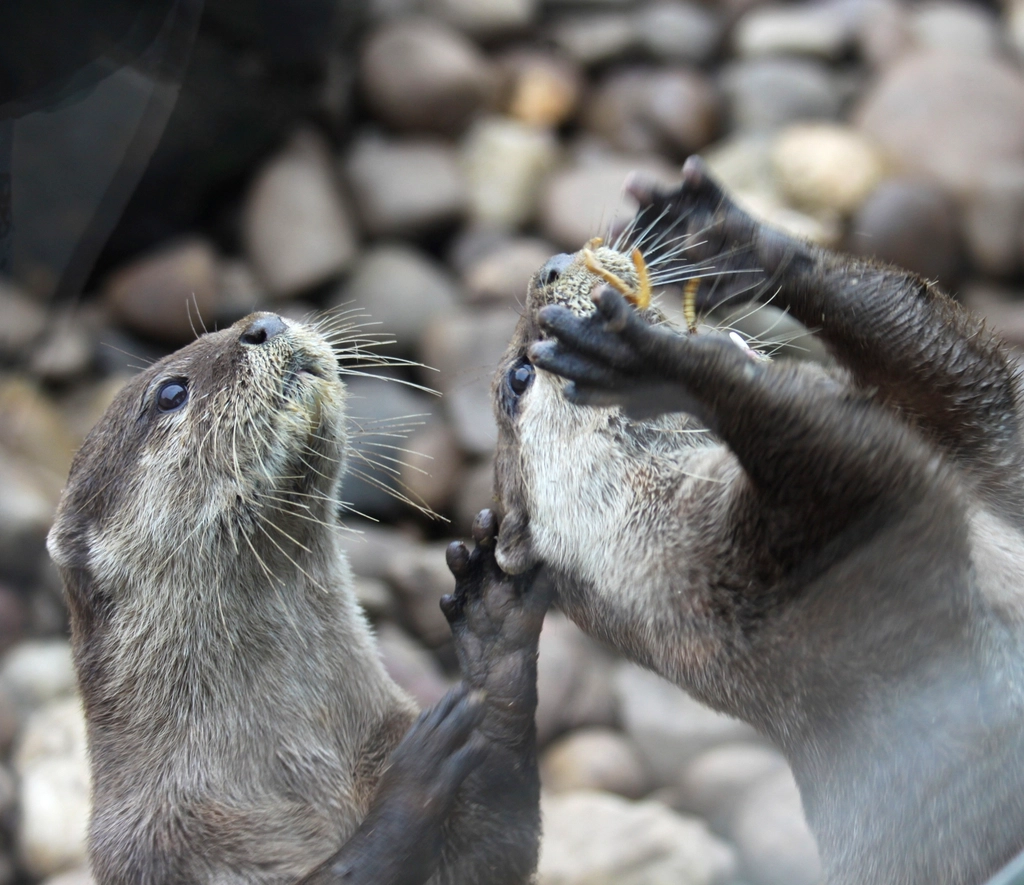
Beyond their dramatic social lives, otters play a crucial role in Singapore’s urban ecosystems. As top predators, they help control fish and crustacean populations, keeping waterways healthy and balanced. Their presence is a sign of clean water and a thriving environment. But their appetite for fish sometimes puts them at odds with local fishermen and pond owners, sparking debates over how to balance conservation with community needs. The otters’ impact on their surroundings is a reminder that urban wildlife can shape the city in surprising ways.
Human-Otter Interactions: Cooperation and Conflict
Living alongside otters isn’t always easy. While many Singaporeans adore their furry neighbors, conflicts do arise. Otters sometimes raid koi ponds, steal from fishermen, or damage landscaping. In response, wildlife officials and community groups have worked to educate the public, promote coexistence, and protect both people and otters. Creative solutions—like otter-proof pond covers and better waste management—are helping to reduce friction. These efforts highlight the challenges and rewards of sharing a city with wild animals.
Technology Meets Nature: Tracking Otter Movements
Scientists and volunteers have embraced technology to keep tabs on Singapore’s otters. GPS tracking devices, camera traps, and social media reports are used to monitor their movements, map their territories, and study their behavior. This high-tech approach has provided valuable insights into otter society, revealing patterns of migration, family dynamics, and even the timing of gang clashes. The use of technology in wildlife research is bridging the gap between urban living and natural science in exciting new ways.
The Role of Citizen Scientists: Engaging the Public
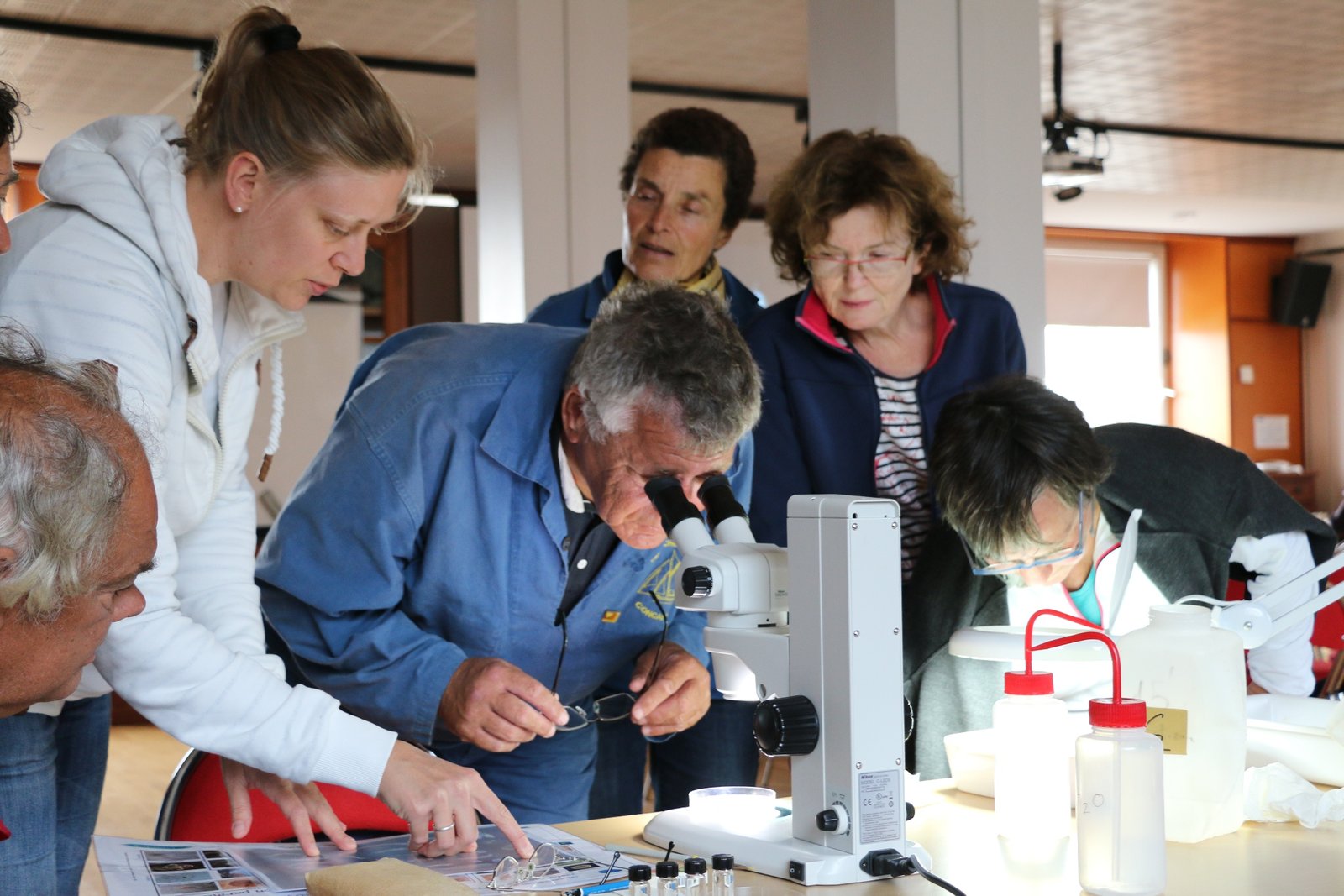
Singapore’s otter phenomenon has inspired a wave of citizen science. Ordinary people, from students to retirees, are documenting sightings, sharing data, and even helping with otter rescues. Community-led groups have sprung up, organizing patrols, educational events, and conservation campaigns. This grassroots movement is turning wildlife observation into a citywide passion, empowering people to play a direct role in protecting their urban environment.
Otters in the Media: From Viral Videos to Documentaries
It’s hard to scroll through Singaporean social media without encountering otter content. Viral videos capture everything from adorable pups learning to swim to intense gang battles at dawn. News outlets regularly report on the latest otter drama, and documentaries have explored their rise to fame. The otters’ media presence has made them unofficial ambassadors for Singapore’s natural beauty, inspiring both awe and debate over their place in city life.
Learning from the Otters: Lessons in Adaptability
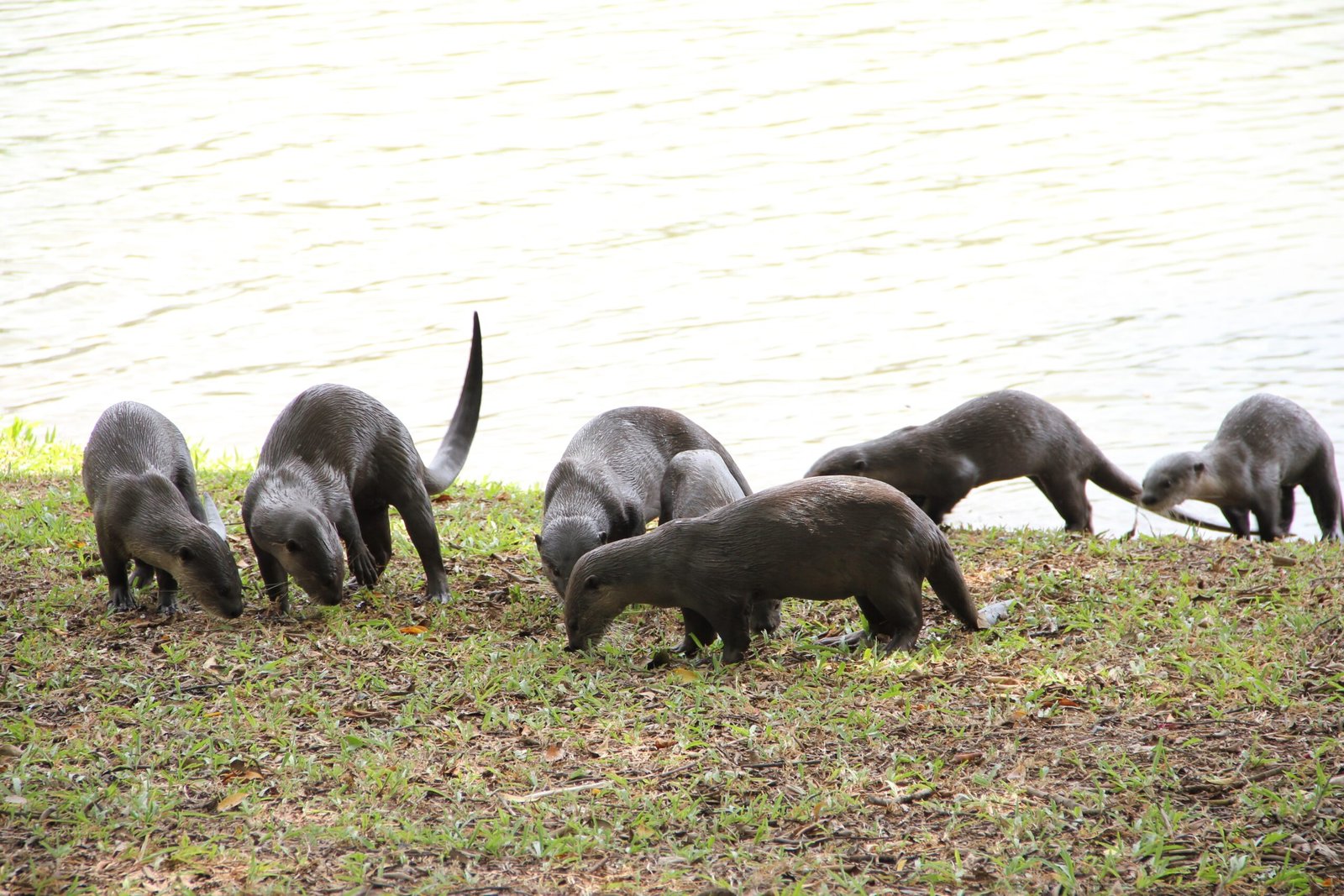
Singapore’s otters are masters of adaptation. They navigate busy roads, dodge human crowds, and make the most of urban landscapes. Their ability to thrive in a bustling metropolis is a testament to the resilience of nature. For city planners, conservationists, and residents, the otters’ story offers valuable lessons in flexibility, coexistence, and the importance of preserving green spaces—even in the heart of a city.
Challenges Ahead: Managing a Growing Otter Population
With otter numbers on the rise, new challenges are emerging. Overcrowding, increased competition for territory, and more frequent human-otter conflicts are all pressing concerns. Wildlife managers are working hard to find solutions that balance the needs of otters with those of people. This includes habitat restoration, public education, and sometimes relocating particularly troublesome animals. The future of Singapore’s otters depends on careful planning and a willingness to adapt as their population continues to grow.
International Attention: Putting Singapore’s Otters on the Map
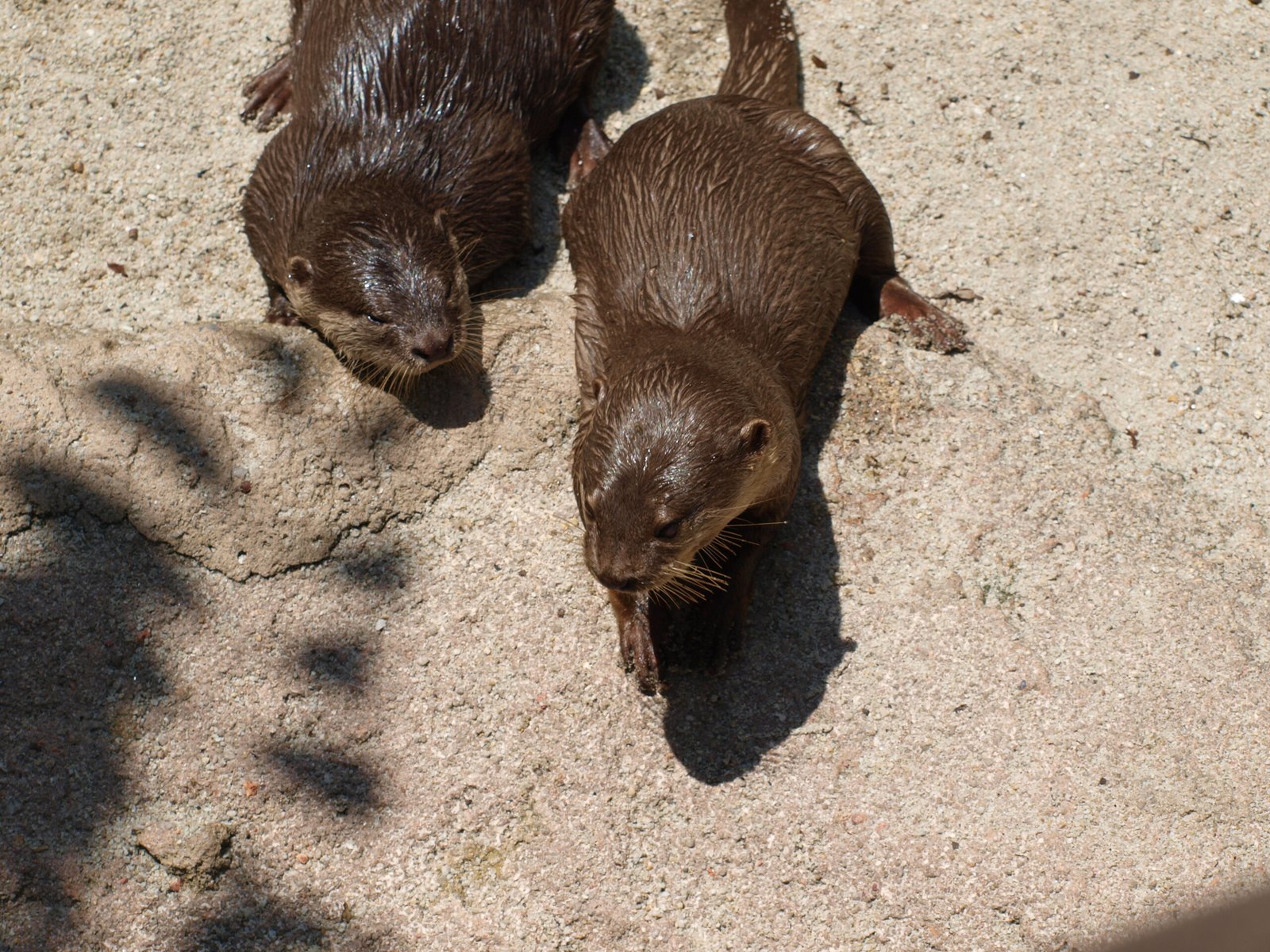
The spectacle of otter gangs battling for supremacy in a modern city has captured the imagination of people around the world. International scientists, journalists, and tourists have all taken notice, turning Singapore’s otters into global stars. Their story is now featured in travel guides, scientific journals, and even wildlife conferences. The attention has brought new resources and ideas to local conservation efforts while highlighting Singapore as a leader in urban biodiversity.
Why Otters Matter: A Symbol of Hope and Resilience
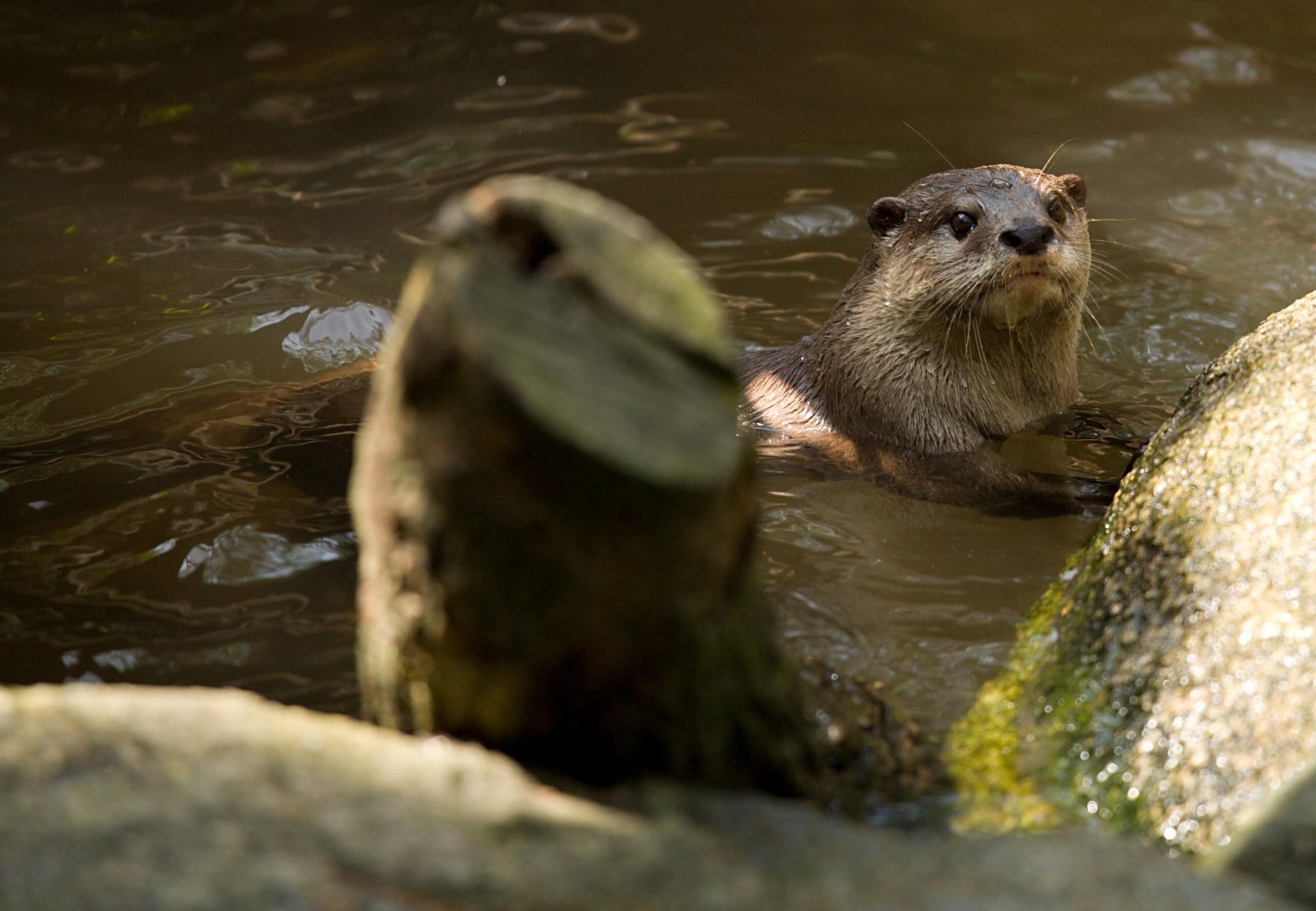
For many, the otters represent more than just wildlife—they’re symbols of hope and resilience. Their comeback from near extinction is a reminder that cities can be havens for nature if given a chance. They embody the spirit of adaptation, cooperation, and survival against the odds. As urbanization spreads around the globe, Singapore’s otters offer a powerful example of how humans and wildlife can share space and thrive together.
Inspiring a New Generation: Otters and Environmental Education
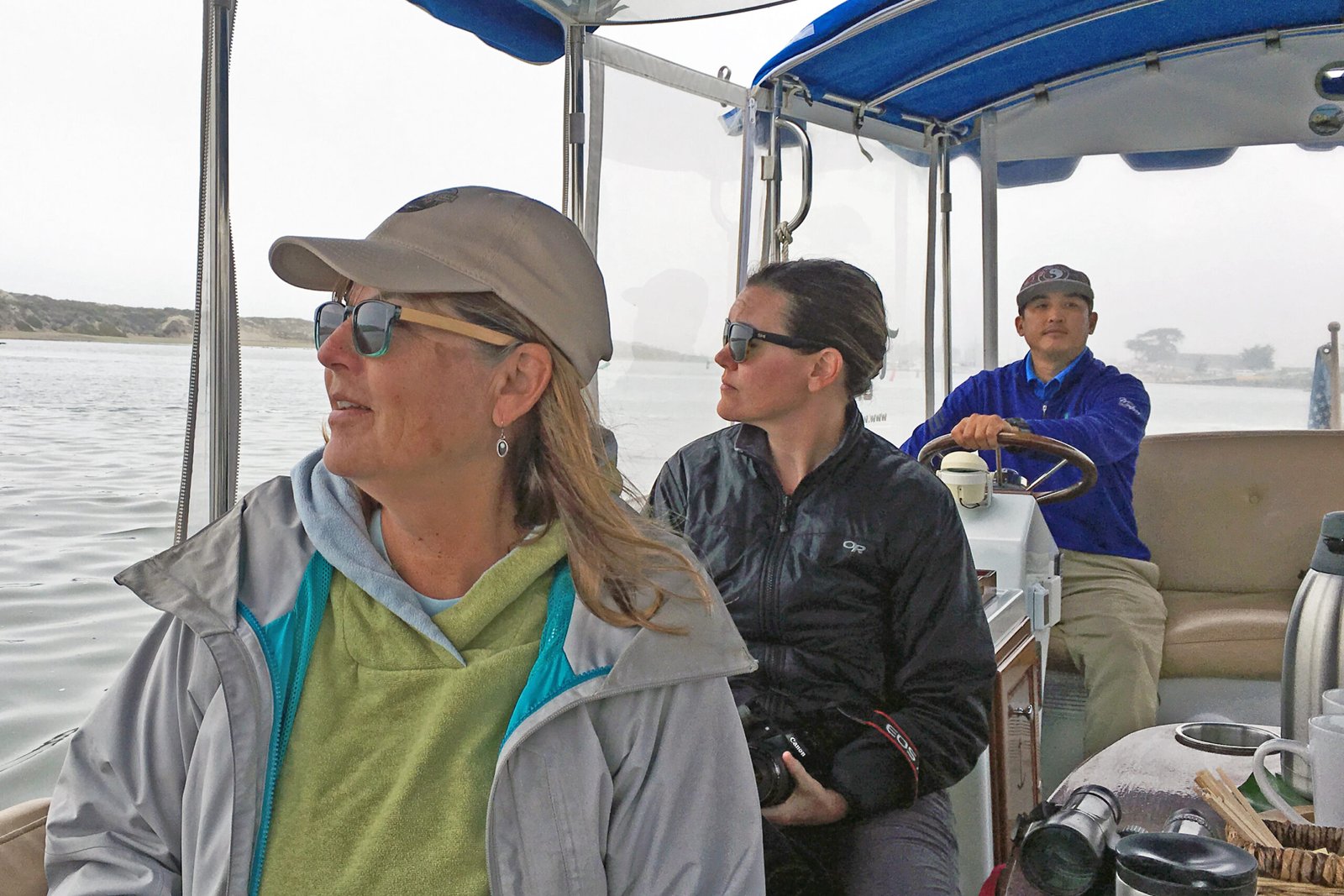
Schools and educators are seizing the otter phenomenon as a teaching opportunity. Students learn about ecology, conservation, and citizenship by studying the otters’ lives. Field trips, art projects, and science programs are all inspired by these captivating mammals. By connecting young people to nature in their own backyard, Singapore’s otters are helping to inspire the next generation of environmental stewards.
The Unpredictable Future: What’s Next for Singapore’s Otters?
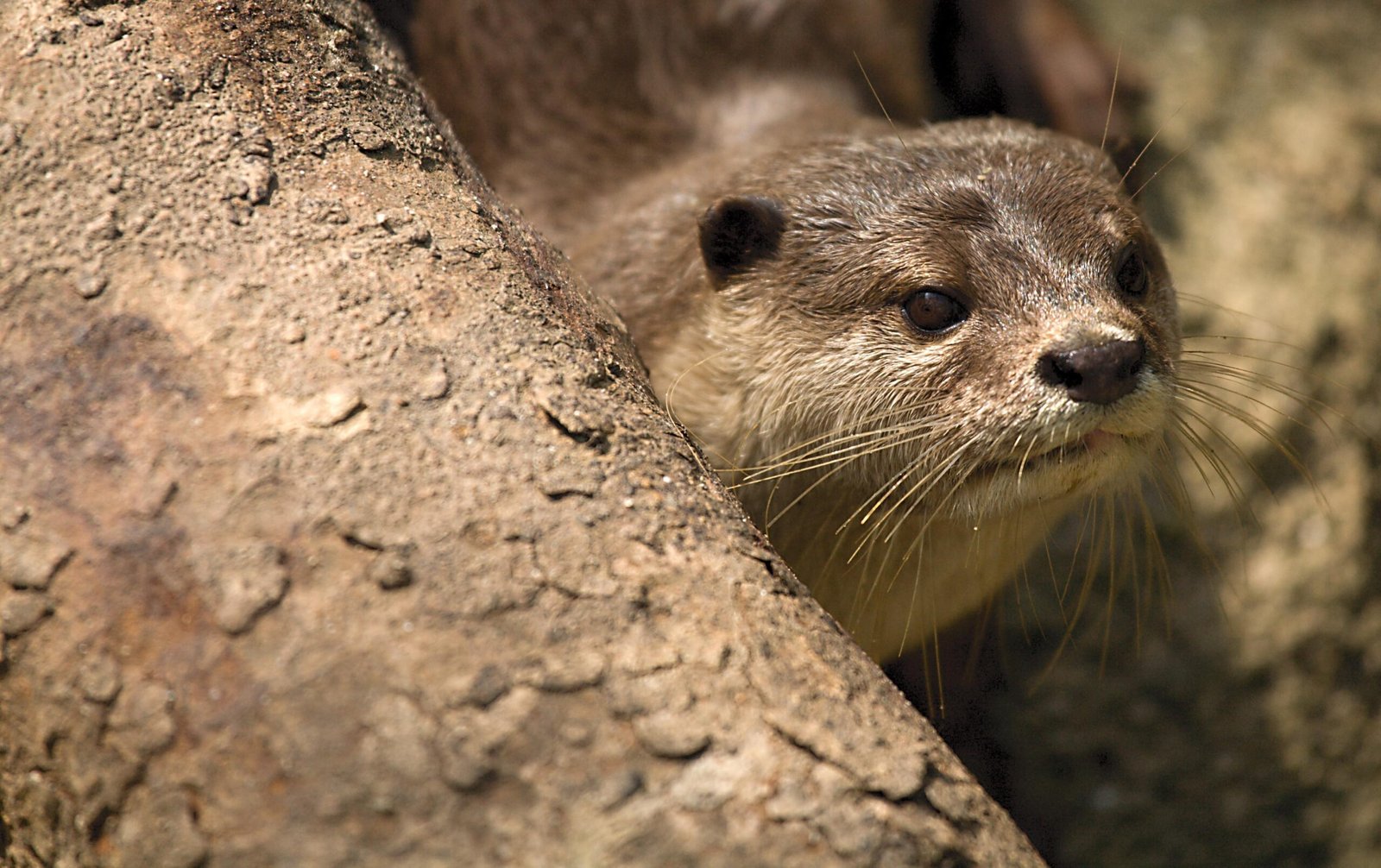
No one can say for sure what the future holds for Singapore’s otters. Will the gangs continue their rise, or will peace eventually return to the waterways? As the city grows and changes, so too will the challenges facing these remarkable animals. One thing is certain: the story of Singapore’s otters is far from over, and every day brings new twists in their ongoing urban saga.
A Call to Wonder: Rethinking Urban Wildlife
Singapore’s otters challenge us to see cities not just as concrete jungles, but as vibrant ecosystems teeming with life. Their antics remind us that wildness and wonder can survive—and even flourish—amid the hustle and bustle of urban living. Will you see your own city differently, knowing that a hidden world of drama, politics, and survival might be unfolding just beneath the surface?

